Driftless Area
The Driftless Area is participating in a study called the Adaptive Silviculture for Climate Change (ASCC) Network. The goals of this project are to test different silvicultural approaches to climate change adaptation that will also serve as useful examples across the U.S. and Canada.
The Driftless Area ASCC project sites are located in northeastern Iowa, southeastern Minnesota, and southwestern Wisconsin. Each site has silt loam soils and mature dry-mesic forests dominated by northern red and white oak.
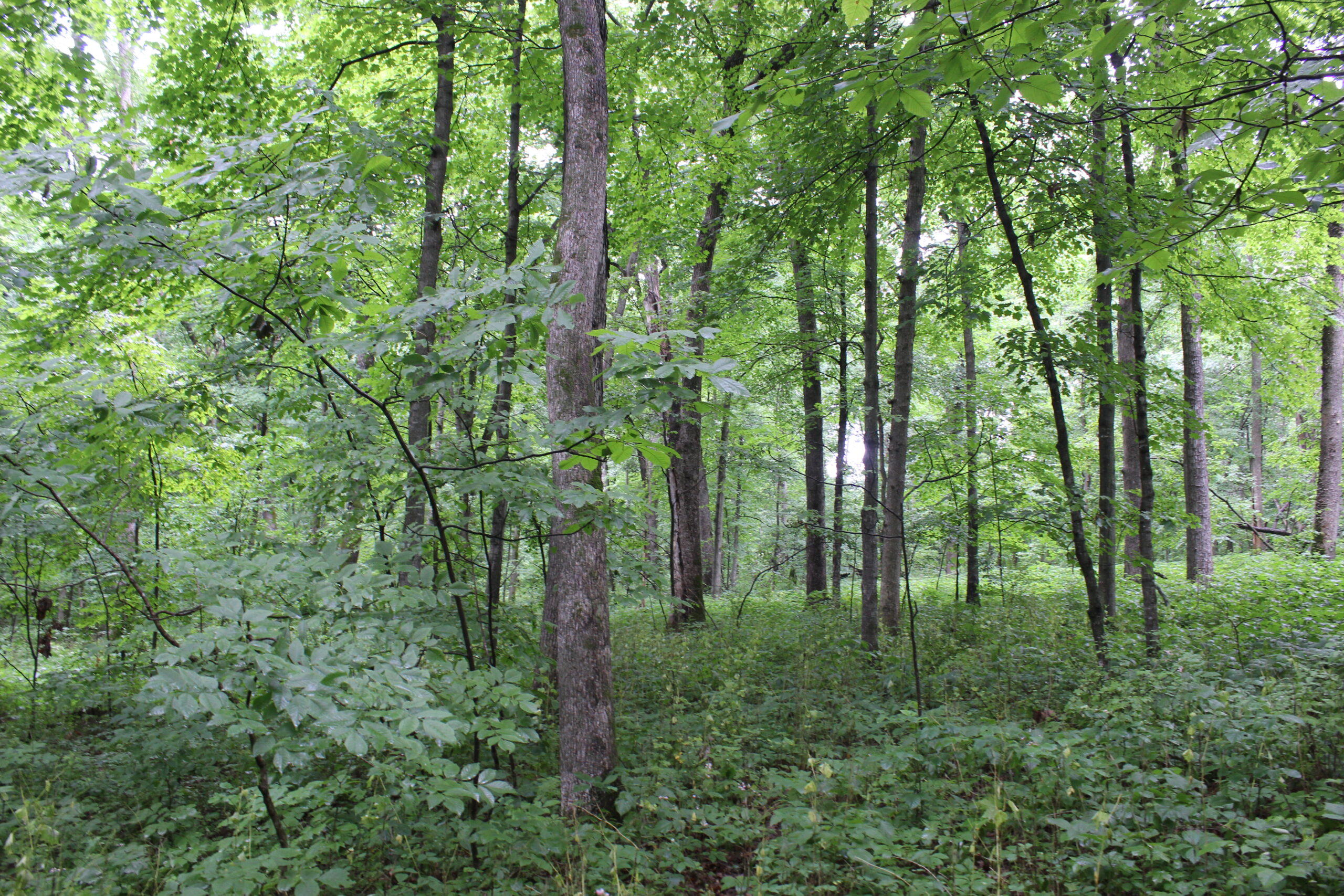
Key Projected
Climate Change Impacts
Key projected climate change impacts that the project team considered for the Driftless Area include:
- Increased average annual temperatures, particularly in winter months
- More frequent heavy precipitation events
- Increased drought stress
- Increased threat of forest pest, disease, and invasive species
Climate change will present challenges and opportunities for accomplishing the management objectives of the Driftless Area, including:
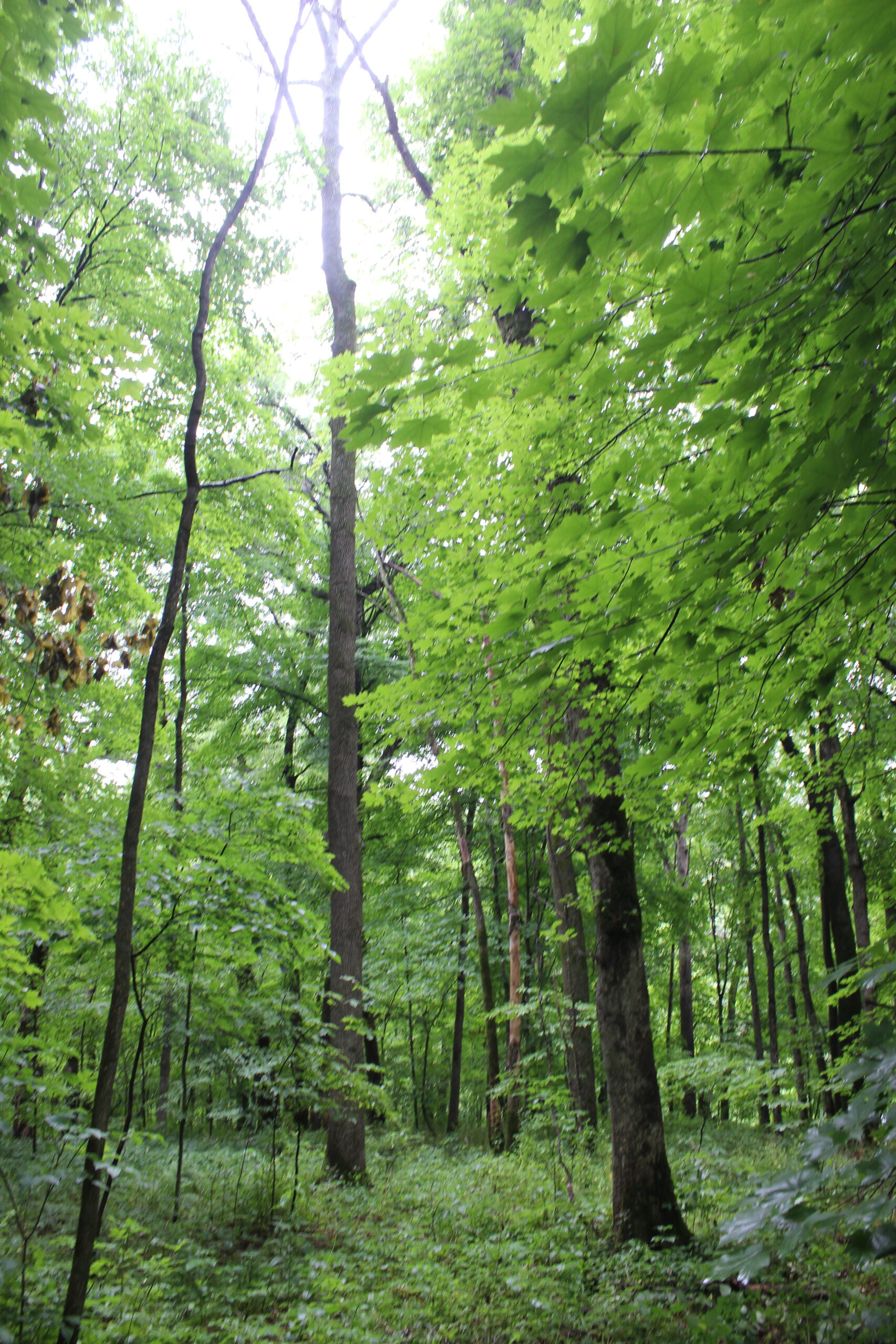
Challenges
- Forests in this region have been susceptible to invasive species that may benefit from longer growing seasons, including buckthorn, bush honeysuckle, garlic mustard, and multi-flora rose
- Increasing uncertainty around the ability to apply prescribed fire as a management tool
- Limited fire is likely to hasten the conversion to mesic species, restricting oak regeneration
- Greater risk of water stress for regeneration
- Despite warmer average temperatures, cold snaps may limit otherwise future-adapted species
- Projected climate conditions may limit operability
Opportunities
- Many native tree species are expected to maintain or gain suitable habitat under climate change, including northern red oak, white oak, shagbark hickory, bitternut hickory, and sugar maple
- Sites that have been managed with fire may be more adaptable with more favorable conditions to perpetuate oak
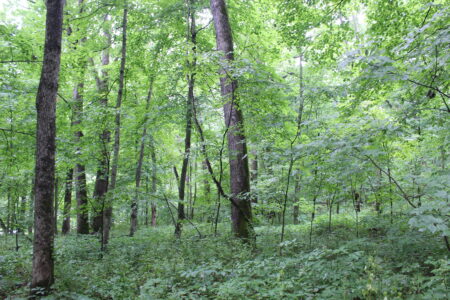
Management Goals & Treatments
A team of natural resource specialists, managers, and scientists representing the Driftless Area came together for a virtual three-day workshop in December of 2021 to develop the study design for the ASCC project site. The team developed a set of Desired Future Condition statements, Objectives, and Tactics for each climate adaptation option (resistance, resilience, transition).
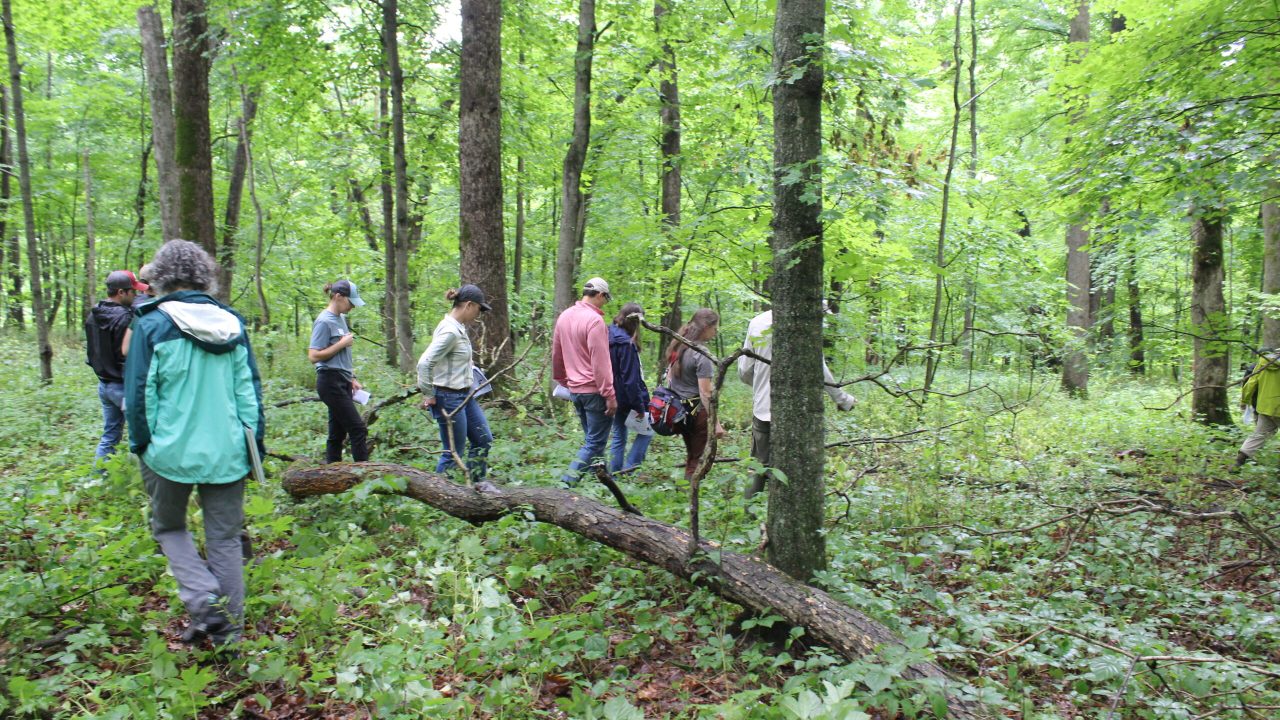
Resistance
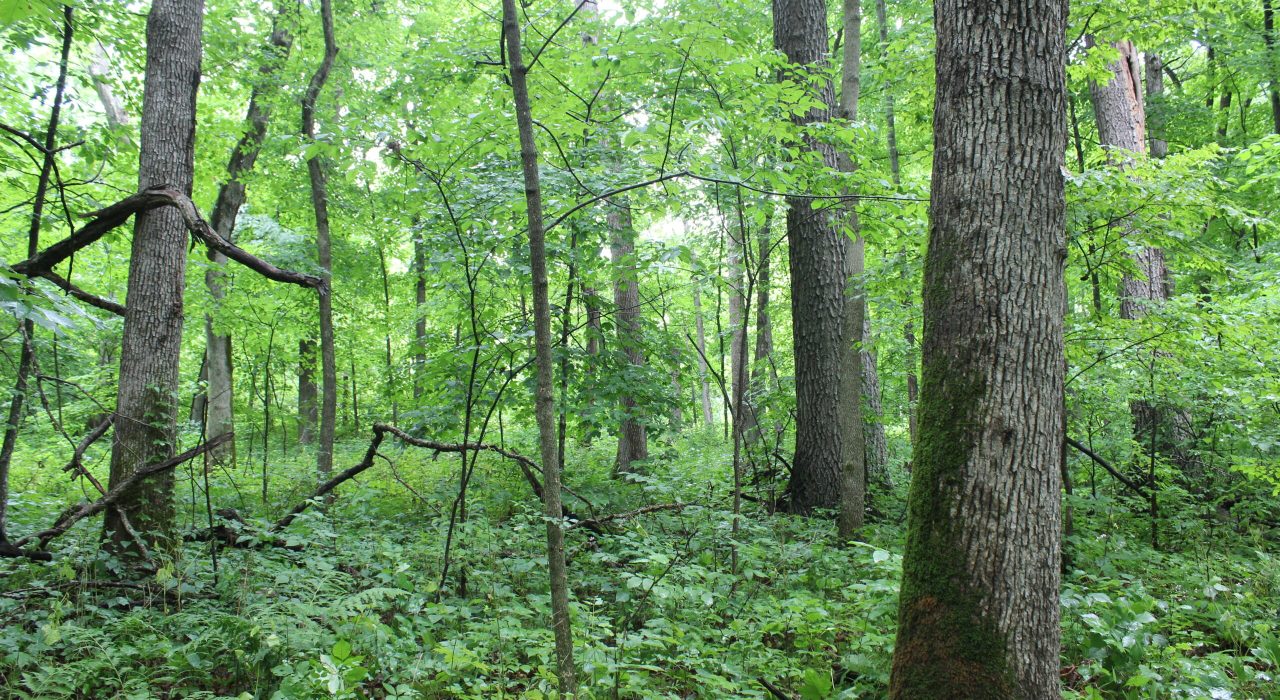
Resilience
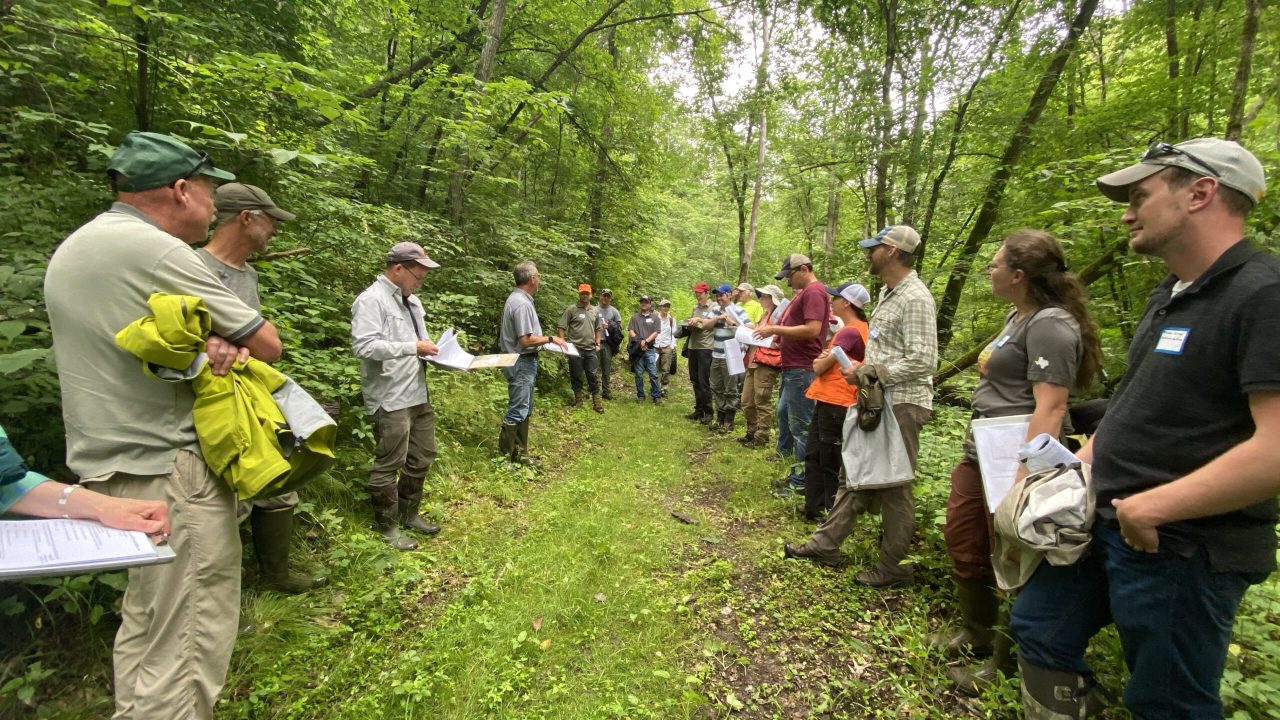
Transition
Monitoring
Monitoring:
Monitoring is an essential component of the ASCC study. Research partners from many institutions are working together to investigate the effectiveness of different silvicultural treatments aimed at creating adaptive ecosystems. Some of the monitoring items include:
- Regeneration of planted seedlings
- Residual tree survival and growth
- Microclimate conditions
- Wildlife response to treatments
- Carbon sequestration potential
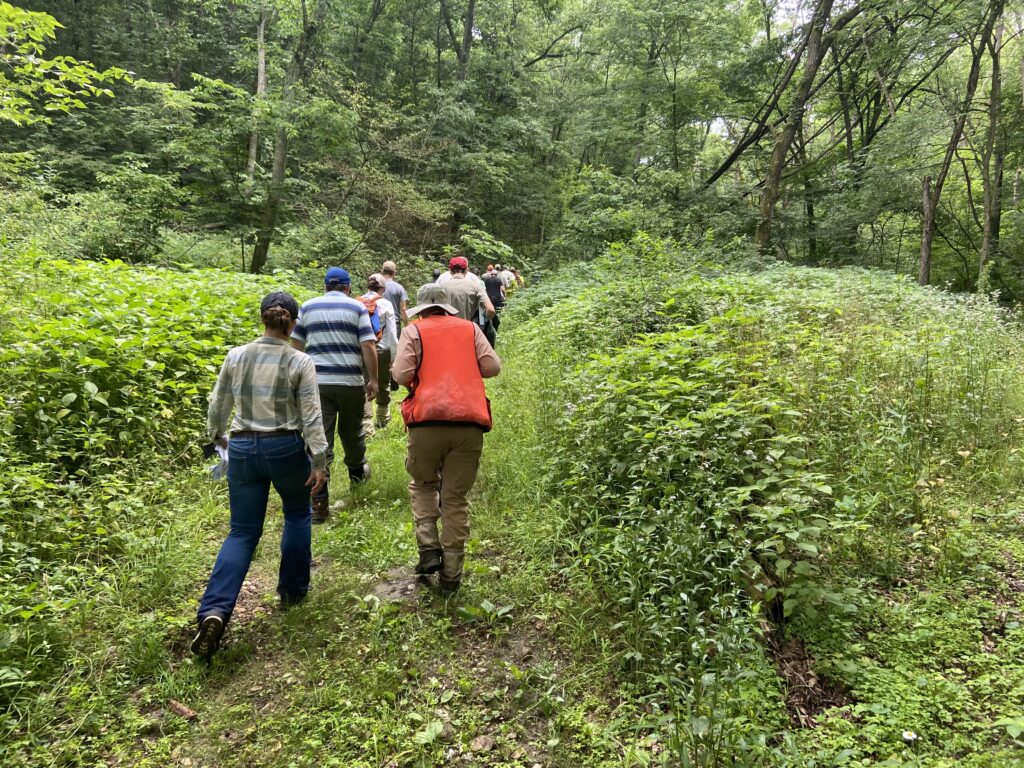
Progress & Next Steps
The Driftless Area ASCC projects sites will be tended and monitored into the future. Each of the adaptation treatments will be implemented across the sites in Iowa, Minnesota, and Wisconsin. Areas that were brought down to 40-50% cover in the initial entry will be harvested, followed by new patches around the same size which will be thinned down to 40-50% cover. This will allow for the conditions created to move across the stand over time. Future data collection will focus on tree regeneration, forest growth, and forest health. Pre-treatment sampling is planned to take place in the summer of 2022.
Site Leads & Partners
Miranda Curzon (Iowa State University) is the site lead for the Driftless Area. Key partners include Bruce Blair and Jeff Goerndt (Iowa Department of Natural Resources), Brad Hutnik and Greg Edge (Wisconsin Division of Forestry), and Mike Reinikainen and Paul Dubuque (Minnesota Department of Natural Resources).
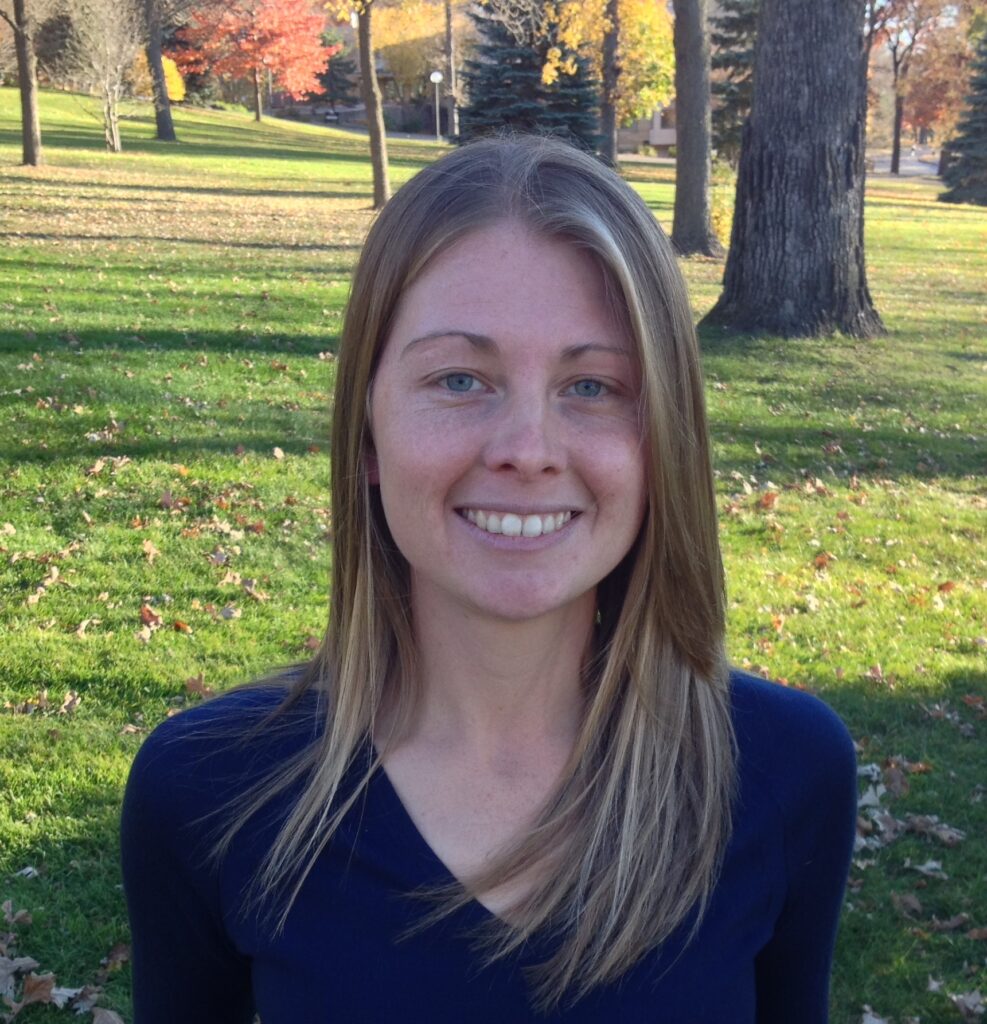
Miranda Curzon
Driftless Area ASCC Site Lead
Assistant Professor
Natural Resource Ecology and Management
Iowa State University
234 Science 2 2310 Pammel Dr
Ames, IA 50011-1031
Phone: 515 294 1587
mcurzon@iastate.edu
